क्षेत्रों के अनुसार वियतनाम के चाओ के विविध रूप
46 मिनट पढ़ें हनोई से हुững तक क्षेत्रों में चाओ (cháo) की खोज करें—मुख्य कटोरियाँ, सामग्री, बनावट, और परंपराएं—ऑर्डर करने, पकाने, और असली आरामदायक भोजन का आनंद लेने के टिप्स के साथ। अक्टूबर 11, 2025 09:10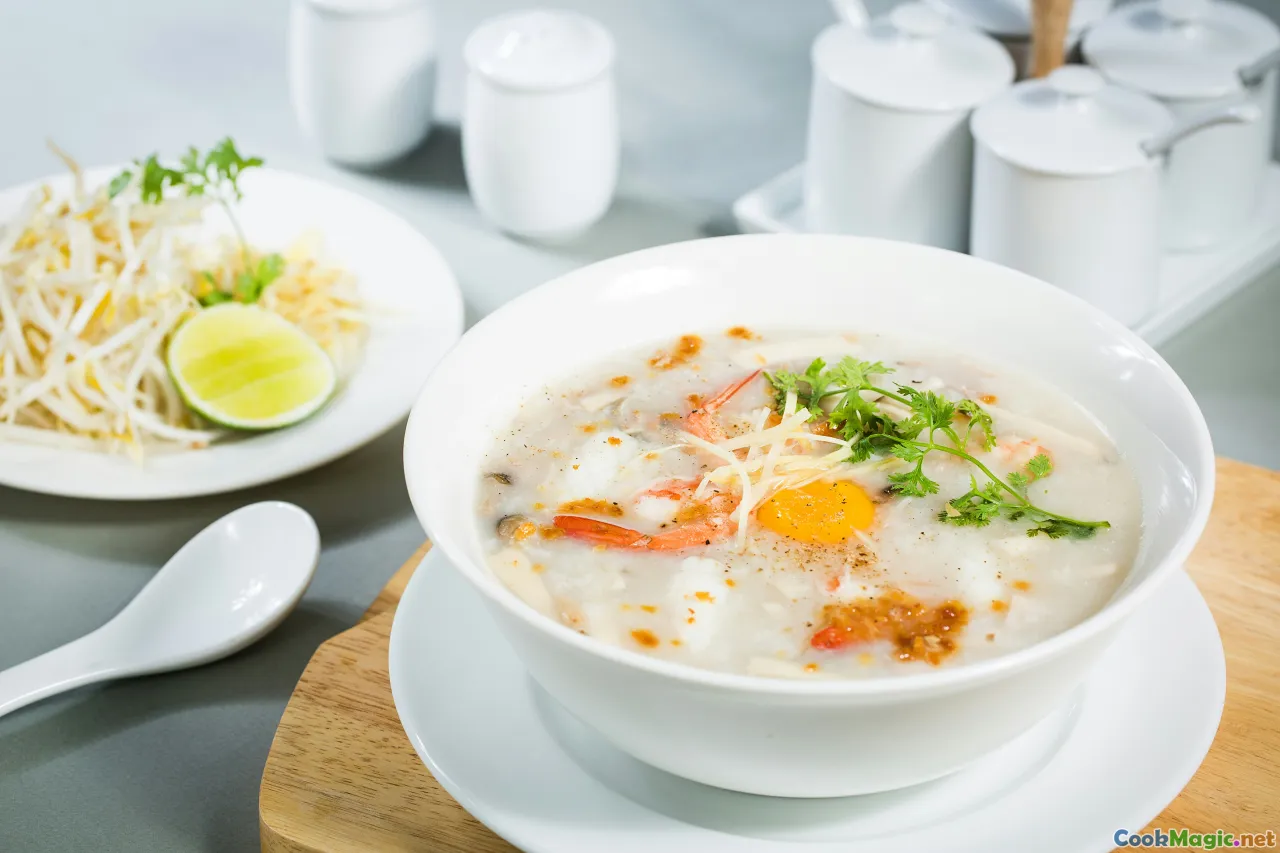
पहला चम्मच हमेशा भाप और स्मृति से शुरू होता है। कटोरे से एक पतली गर्माहट की लकीर उठती है, जो चावल और हड्डी की खुशबू, हरे प्याज की महक, और सफेद मिर्च की चुभन साथ लाती है। आप एक बार हिलाते हैं, देखते हैं चम्मच चाओ के द्रव रूप में एक चमकदार पथ बना रहा है—एक नरम, बर्फ़ीले समुद्र-सा—और बाज़ार की हलचल या सड़क की गूंज पीछे रह जाती है। वियतनाम में cháo—चावल का पोर्रिज—कई वर्षों से देश की देखभाल के लिए सबसे कोमल संकेतन रहा है: ठीक हो रहे रोगी के लिए, प्रसवोत्तर माता के लिए, बुखार वाले बच्चे के लिए, रात की बस से उतरते यात्री के लिए, और भोर से पहले ताकत पाने वाले मजदूर के लिए। फिर भी यह एक जीवित नक्शा है। अगर आप cháo के कटोरे को बारीकी से सुनेंगे, तो आप नदी के डेल्टा, अदालत-रसोई, मछली पकड़ने वाले गांव, एक चीनी दुकान-घर, एक खमेर जड़ी-बूटी वाले बगीचे—एक राष्ट्रीय कथा जो एक चम्मच पर नरम हुआ, मसाला मिला और परोसा गया है—की आवाज़ सुन पाएंगे।
What Makes Cháo Uniquely Vietnamese

कॉन्जी, हाँ। चावल को अधिक पानी में पकाकर ढल जाने की अवधारणा एशिया के बड़े हिस्से में साझा है। पर Vietnamese cháo अपनी खुशबू, बनावट और रीति-रिवाज में अपनी अलग विरासत को संजोए रहता है। जहाँ चीनी कॉन्जी अक्सर जेल-जैसी और कम मसालेदार होती है, वियतनामी चाओ अक्सर nước mắm (फिश सॉस) की हल्के नमकीन ऊँचाई, ताजी जड़ी-बूटियों की बिखेरी, और क्वẩy (तला हुआ आटे की डंडी) की उछाल भरी कुरकुराहट के साथ गाता है। यह एक कटोरा है जो शायद ही अकेला खड़ा हो: इसके साथ डुबाने के लिए, बिखेरने के लिए, या चम्मच से खाने के लिए हमेशा कुछ न कुछ होता है—सूअर के धागे (ruốc), नमकीन अंडे, अचार, मिठास के संतुलन के लिए एक कड़वी पत्ती।
बनावट रास्ते का पहला मोड़ है। उत्तरी कटोरियाँ आम तौर पर गाढ़ी होती हैं, चम्मच-चिपकने जैसी, एक ऐसी तकनीक के कारण जिसमें चावल को स्टार्च में गहराई से तोड़ा जाता है (तकनीक के बारे में बाद में)। केन्द्रीय क्षेत्र, खासकर हुế और क्वảng Trị, तान्ग़ और खुशबू को तरजीह देता है: मिर्च-तेल की चमक, एक फिसलन-सी के साथ mắm ruốc (फिश सॉस) का छींटा, और लेमनग्रास की एक छिपी हुई टहनी। दक्षिण और मेकोंग के क्षेत्रों में कभी-कभी खिचड़ी थोड़ी पतली बन जाती है, जो जड़ी-बूटियों के साथ कुछ-हाथों से पीछा की जाती है—rau đắng, ngò om—और पक्ष-व्यंजनों के साथ भोजन किया जाता है मानो खिचड़ी कई छोटे प्रदर्शन का मंच हो।
संस्कृति-wise, cháo भोजन के बीच की शालीन फुसफुसाहट और आधी रात की भूख के लिए बड़ा दिल वाला चिल्लाहट है। यह नए जीवन का स्वागत करता है (प्रसव के बाद माताओं को पोषण-युक्त cháo gà के पॉट मिलते हैं) और विदाई को सरल बनाता है (जागृति/उत्सवों पर शांति देने वाला टॉनिक)। यह युद्धकाल की कमी और बाढ़ के मौसम की याद भी रखता है। यह हर जगह जमा रहता है: बाज़ार की गली-गली, कोयला और पॉट की अस्थायी सड़क-चिन्हों के बीच, Chợ Lớn के देर-रात दुकानों के शीशों के पीछे, और हर घर की रसोई में जहाँ चावल पानी से मिलता है और धैर्य साथ होता है।
The Northern Morning: Hanoi’s Silky Cháo Sườn and Friends
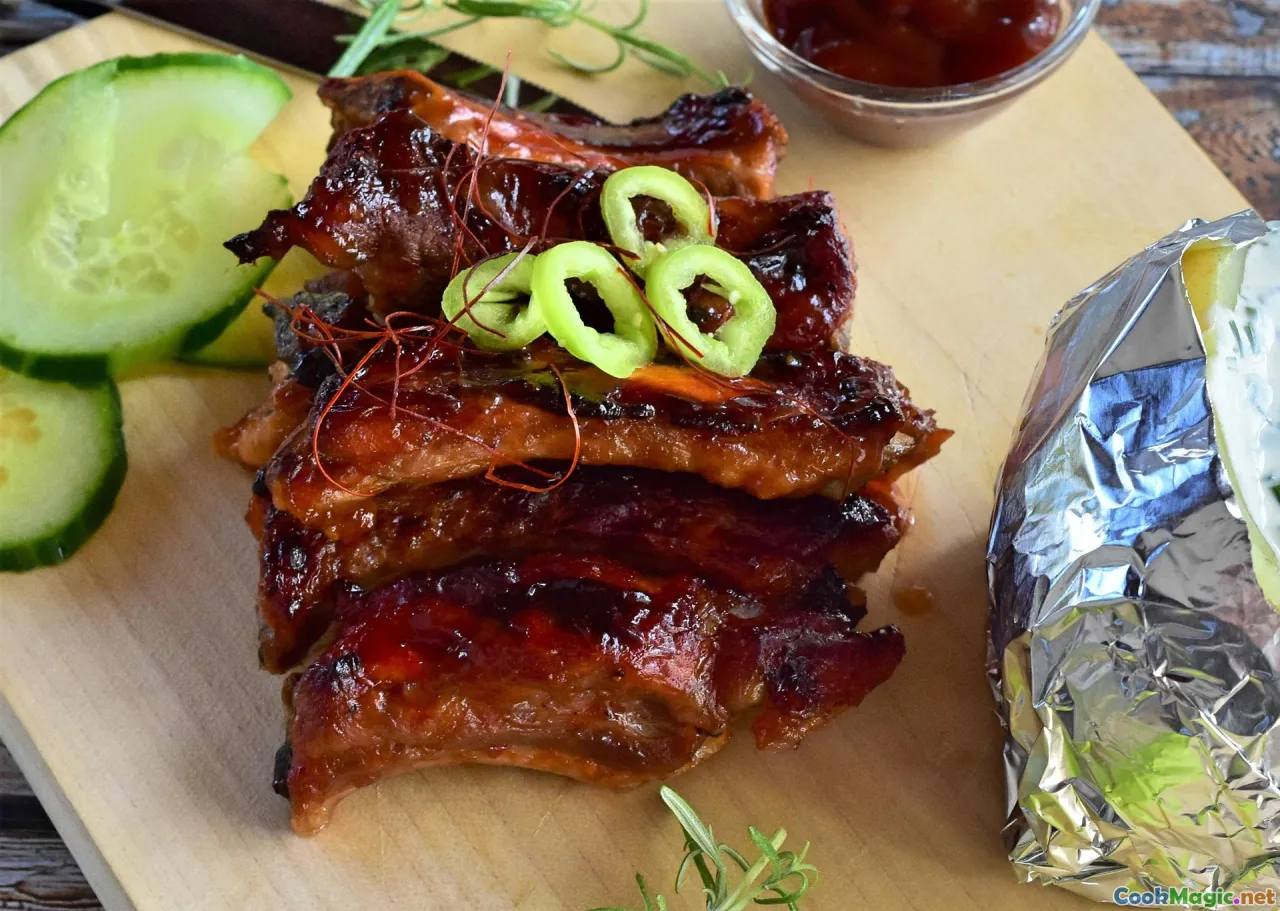
अगर आप कभी Hanoi में सूर्योदय से पहले जागे हों और सूँघे हों कि चोर-चपड़ी हड्डियों की मीठी सुगंध, तो आप cháo sườn तक पहुँच चुके होंगे। राजधानी की क्लासिक खिचड़ी चावल को तोड़ करedges से मुक्त रखते हुए एक रेशमी रिबन जैसा बन जाती है। ब्रॉथ हड्डियों से आता है: पसलियाँ इतनी देर उबलती हैं कि उठाते ही वे आह भरती हैं। रंग दूध-सी सफेद होती है, और स्वाद साफ़ पर गहरा होता है। एक सामान्य कटोरे में गर्म खिचड़ी का एक चम्मच आता है, उसकी सतह rendered fat के बूंदों से धब्बेदार होती है। ऊपर: ruốc (सूअर के धागे) जो नमकीन जादू की धूल की तरह घुल जाते हैं; काली मिर्च का एक झोंका; हरे प्याज का पाउच-सा रंग; और, ज़रूरी, quẩy—अब भी गर्म, अंदर से हल्का, कुछ हिस्सों में पोर्रिज के साथ चमकदार चिपकिंग। खाने की एक रचना है: quẩy को छोटे टुकड़ों में तोड़ना, नरम करने के लिए डुबोना, चावल और धागों के साथ टोस्ट-डिपिंग चलाना, मेज़ पर फिश सॉस के कुछ बूंदों से नमक-तुलन करना। גבद के अलावा, उत्तर क्षेत्र अपने खारे और नदी-स्तर के स्वादों से प्रेम करता है। cháo trai—क्लैम पोर्रिज—छोटे ताजे पानी वाले क्लैम के साथ शुरू होता है जो खुलने के लिए धीमे उबालते हैं, उनका रस बचा रहता है। चावल उस सोने-सा ब्रॉथ में पका कर fried shallot के गुच्छे, dill (thì là) या perilla (tía tô) की एक हल्की गंध के साथ बनते हैं। टर्करिज़ के छींटे के साथ संस्करण मिलेंगे, जो पोर्रिज को दोपहर की धूप के रंग देते हैं।
Cháo cá rô đồng—फील्ड पर्च—मछली को नरम तरीके से तैयार करता है: धीरे-धीरे उबालना, उठाना, फाड़ना, और किनारों को कुरकुरा बनाने तक फिर से पैन-फ्राय करना। टूटे हुए मछली चावल के ऊपर सोने-सी सुवर्ण-लटों की तरह बैठते हैं, डिल और काली मिर्च के साथ बिखरे होते हैं। नींबू का एक निचोड़ सब कुछ जागा देता है। सर्दी के दिनों में cháo sườn sụn भी होता है, जो लगभग कस्टर्ड-घनता तक पकाया जाता है, जिसमें_cartilage के छोटे नुंब दांतों के बीच हलके crunch देते हैं— बनावट का खेल। मैं अपनी पहली कटोरे को Old Quarter में जनवरी के शुरू में याद करता हूँ। हवा सुई-सी तीखी। एक नीला enamel पॉट कोयला-भट्ठी पर संतुलित, धुआँ से विक्रेता के हाथ गरम रहते हैं। वह लकड़ी के पैडल से हिलाती है, चम्मच नहीं, ताकि खिचड़ी कभी नहीं जले। जब मैंने पैसे चुकाए, उसने मेरे कटोरे में quẩy का एक अतिरिक्त टुकड़ा एक आशीर्वाद की तरह गिरा दिया। हर मुँह के साथ ठंड से युद्ध-भाव की शांति मिलती है।
Central Vietnam’s Bold Whisper: Huế, Quảng Trị, Nghệ An
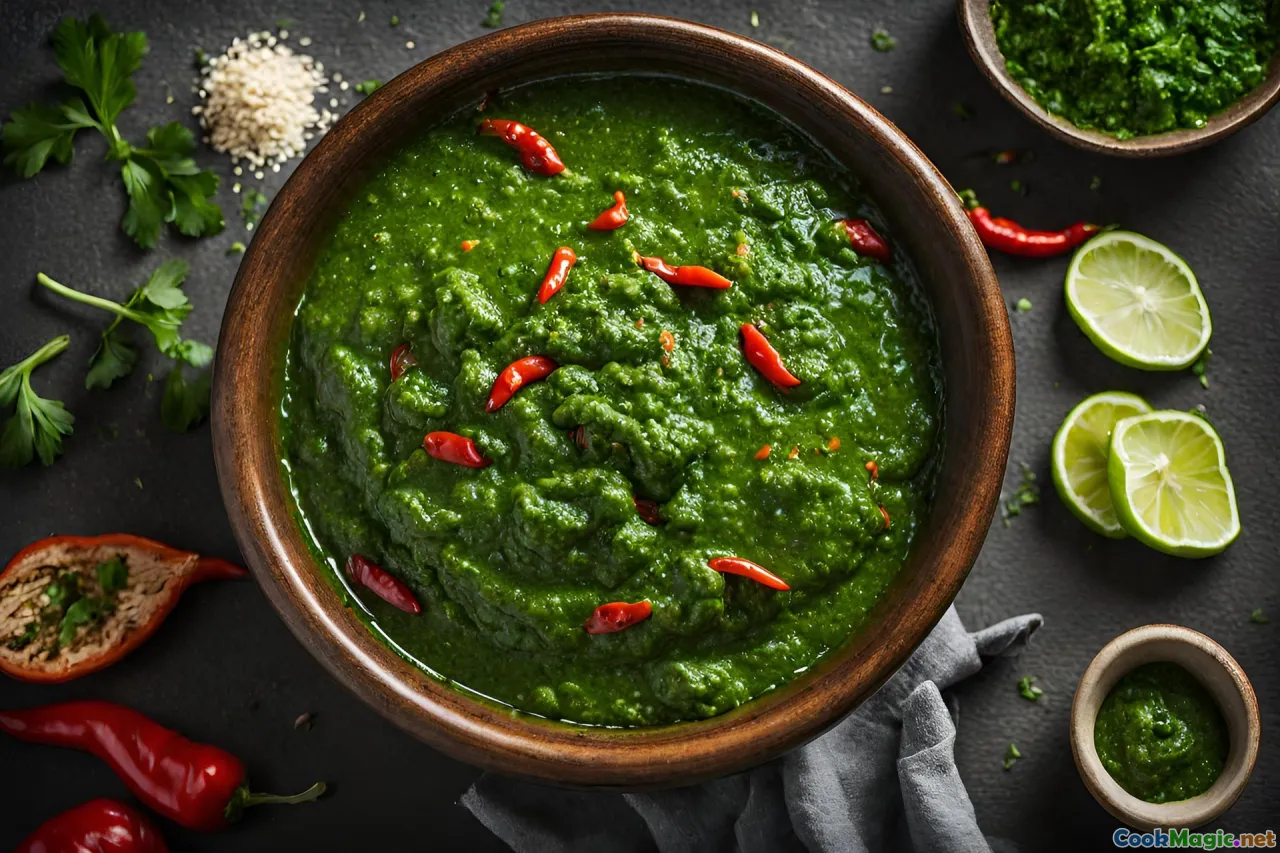
केन्द्रीय तट वह जगह है जहाँ cháo अपनी खुशबू और रहस्य-भरी मुस्कान पाता है। हुế में आप cháo hến से शुरू कर सकते हैं—Perfume River के छोटे डिब्बेदार क्लैम के साथ एक चाओ। क्लैम तेज़ी से लहसुन और mắm ruốc के एक छींटे के साथ भुने जाते हैं, फिर खिचड़ी के ऊपर डाले जाते हैं; कटोरा एक शर्मीली नमकीनता की खुशबू देता है, जिसे भुने हुए मूंगफली और पोर्क क्रैक्लिंग की कुरकुराहट काट देती है। एक बूंद chili oil सतह पर लाल धारा बनाती है। sesame rice cracker (bánh tráng mè) का एक टुकड़ा तोड़कर डुबोएँ; टुकड़ा-टुकड़ा कुरकुरेपन बनाम मुलायम चम्मच का विराम व्यवहार में आधे आनंद का हिस्सा बन जाता है। थोड़ा उत्तर की ओर जाएँ, और cháo bột (Quảng Trị) मिल जाता है, एक ऐसा व्यंजन जिसे ठीक-ठीक अनुवाद करना कठिन है। पूरे चावल के बजाय, पके हुए ब्रॉथ में पिसा हुआ चावल फेंटते हैं, परिणाम एक रेशमी शरीर, जिसमें कोई दाना नहीं होता, जैसी एक savory चावल कस्टर्ड। यह आमतौर पर ro ast pork—heo quay के साथ जोड़ी जाती है—ज skins क्रिस्टल-सी shards में फैलती है, पांच- मसाले के साथ मांस। एक चम्मच से ढंग-भरा त्रिफेक्टा मिलता है: खचड़ी की साफ गर heat, păm ruốc की ओमामी_BACKGROUND में एक fer alumic की खनक, और pork skin की fat-salt snap. ब्रॉथ आमतौर pinkish रंग ले लेता है mắm ruốc और annatto oil से, tropical dawn के रंग के समान। Nghệ An तक दक्षिण की ओर बढ़ें और एक अलग दीवानगी उभरती है: cháo lươn—eel porridge। ईल को त्वचा से बाहर निकाल कर रिबन-जैसे टुकड़ों में काट कर लैमनग्रास, हल्दी, मिर्च, और annatto तेल के साथ गर्म पैन में टॉस किया जाता है। मसाले ईल को गोल्डन रंग दे देते हैं, कटोरे में आग-सी एक मोज़ेक बनती है। खिचड़ी खुद हल्की और शांत रहती है, ताकि ईल की गर्मी एक गर्म स्कार्फ की तरह लगे, भट्टी नहीं। गार्निश herbal पर झुकाव: ngò gai (सेव-गई), rau răm, और हरे प्याजी। Vinh शहर में आप देखेंगे कि ब्रॉथ समुद्री सूरज की रौशनी की तरह नारंगी glow देता है और ईल मुलायम-चिपकन होता है। यहाँ एक रीति भी है: नींबू का रस, काली मिर्च, और मिर्च को Vinegar के साथ मिलाकर richness कम करें।
बरसात में Huế में मैं एक बार Plastik awning के नीचे एक low table पर cháo खा रहा था, पास के मंदिर से उठती धुआँ और mắm ruốc की खुशबू मिलकर एक स्मृतिबद्ध कविता बना देती है। बारिश tarp पर उंगलियों जैसी टपकती है। तब खिचड़ी भूत-प्रेत और मसलों की खुशबू से महक उठी थी। आज भी अगर स्टोव पर fermented shrimp paste की गंध मिल जाए, मैं उसी पल वहीं लौट आता हूँ, बारिश की पुरानी कविताएं पढ़ते हुए।
Southern Bowls and the Mekong’s Wide Pot
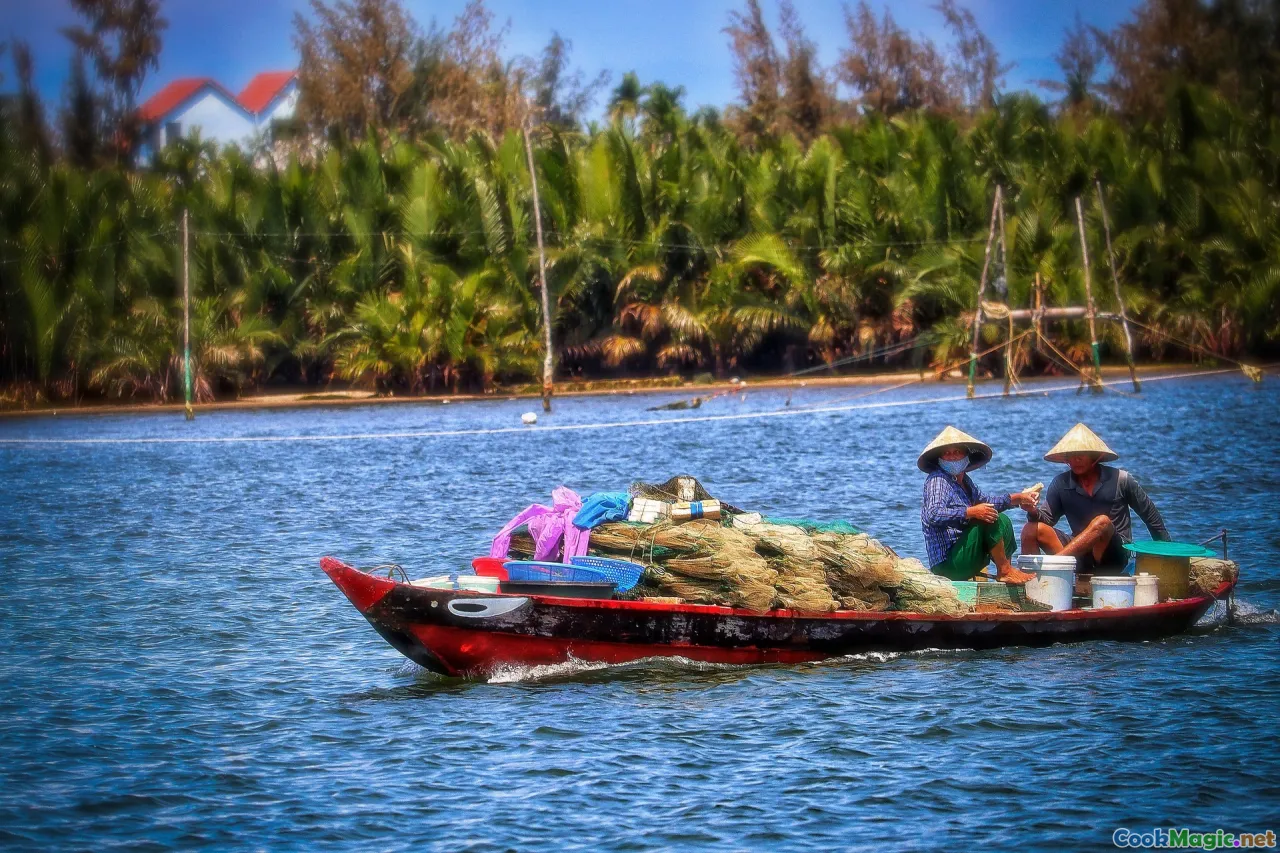
दक्षिण में खिचड़ी सामाजिकता में फैल जाती है। कटोरा शायद ही कभी सिर्फ एक कटोरा रहता है; यह एक केंद्र बन जाता है जहाँ जड़ी-बूटियाँ, सब्ज़ियाँ और छोटे डिश एक साथ आकर जुड़ जाते हैं। मेकोंग डेल्टा में cháo cá lóc rau đắng—स्नेकहेड मछली पोर्रिज के साथ कड़वी जड़ी-बूटियाँ—का स्वाद लें। मछली को धीरे-धीरे पका कर उसका मांस पंखों की तरह टूटने लगता है। खिचड़ी एक ढीला कैनवास है, अदरक और fish sauce की खुशबू से महकती है। साथ में: जड़ी-बूटियों का एक हिंडोला—rau đắng (कड़वी), ngò om (rice paddy herb), ngò gai (sawtooth coriander)—और लाइम के टुकड़े और Bird’s Eye मिर्च का एक प्याला। तरीका भागीदारी-भरा है: गर्म कटोरे में जड़ी-बूटियाँ फाड़ दें ताकि भाप उनके तेल-जेल को जगा सके; कड़वी पत्तियाँ जटिलता लाती हैं, मीठी मछली के लिए एक आवश्यक साया। फिर Trà Vinh और Sóc Trăng के cháo ám हैं, जहाँ Khmer प्रभाव कटोरे को जड़ी-बूटियों से तेज़ रोशनी की दिशा में मोड़ देता है। मछली—अक्सर snakehead या मुलायम नदी-कैटफिश—लेमनग्रास और कभी-कभी Fermented fish (mắm bò hóc) की सूक्ष्म छवि के साथ एक ब्रॉथ में तैरती है। खिचड़ी पतली-सी, सूप के करीब होती है; इसे एक असाधारण herb platter के साथ परोसा जाता है—banana blossom curls में कतर कर, bean sprouts, basil, rice paddy herb, और बाढ़ के मौसम में कभी-कभी पानी के लिली के पतले तने भी। आप जल्दी खाते हैं, जब तक जड़ी-बूटियाँ अभी भी टक्र-टक्र कर रही होती हैं और खिचड़ी भाप-आत्मिक रहती है। Cháo lòng Saigon के अन्य दक्षिणी शहरों में भी मजबूत है। यह सूअर के आंत-भागों से सजी-धजी एक robust पोर्रिज है—जिगर और गुर्दे के टुकड़े, आंतों के hoops, खून-जेली के टुकड़े (huyết), कभी-कभी पेट का एक हिस्सा भी जो चबाने पर धैर्य का इनाम देता है। एक सजग विक्रेता नमक और नींबू के साथ innards साफ करता है, क्रश्ड अदरक और lemongrass के साथ blanch करता है, फिर धीरे-धीरे उबालता है। खICHड़ी इस सूअर की मिठास को greasiness के बिना ग्रहण कर लेती है। साइड पर: जड़ी-बूटियों का एक प्लेट—Thai basil, sawtooth coriander—bean sprouts, lime, और मिर्च। अक्सर kasama नमक, मिर्च, और नींबू के रस का एक छोटा डिश होता है ताकि offal को डुबोया जा सके—ऊर्जावान, इलेक्ट्रिक, संतुलित। और हम cháo vịt (डक पोर्रिज) को नज़रअंदाज़ नहीं कर सकते, जो Saigon की पसंद है: बतख के जोड़/काटों को उबालकर ginger-fish sauce डिप (nước mắm gừng) और banana blossom सलाद के साथ परोसा जाता है। चावल-खिचड़ी बतख के ब्रॉथ का प्रयोग करती है, सतह पर छोटी मोती-सी वसा चमकती है। एक निवाला बतख का, एक चम्मच खिचड़ी, बेसिल की एक पत्ती—इन सब मिलकर दक्षिणी भूख की तस्वीर बनाते हैं: समृद्ध, ताजा, उदार।
In the Shadow of Pagodas and Shop-Houses: Chợ Lớn’s Teochew Touch
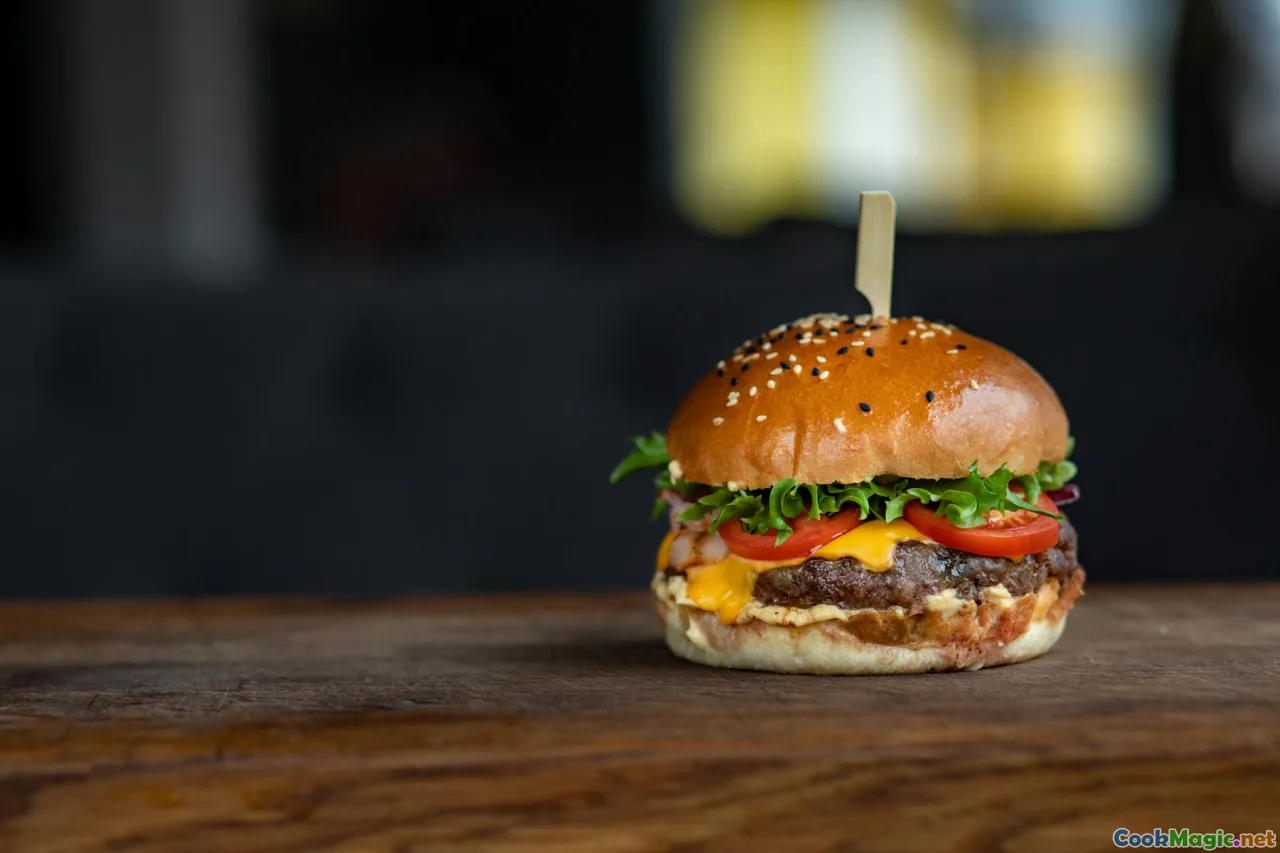
वियतनाम का सबसे बड़ा चाइना टाउन, Chợ Lớn District 5, आधी रात के बाद भी गूंजता है। वहाँ cháo Tiều—Teochew-स्टाइल congee—पतला और अधिक brothy होता है, चावल के दाने अब भी अलग-अलग तैरते रहते हैं। शैली क्लैरिटी और साइड डिश पर इनाम देती है: अचार- mustard greens, salted duck eggs, braised peanuts, ginger-फिश सॉस के साथ steamed fish, dark soy में tofu, और crispy fried anchovies की नमकीन punch। एक क्लासिक कटोरे में lean pork के टुकड़े, कुछ minced pork या fish balls, और कुछ अचार हुए सब्ज़ियों के टुकड़े होते हैं, सफ़ेद काली मिर्च और sesame oil की खुशबू से महकते हैं। कई स्टॉल century eggs, shrimp, या pig brain (óc heo) भी देते हैं, जो heat के नीचे velvet में पिघल जाते हैं। कटोरे के सामने एक लंबा youtiao डोर-ड्राइव की तरह खड़ा रहता है, और आप उसे टुकड़ों में फाड़ कर सोखते हैं। slurps के बीच, विक्रेता कभी-कभी congee broth का एक छोटा डिश भी देता है—स्वच्छ और पुनर्जीवन-देता—ताकि स्वाद धो लिया जाए। इस प्रवासी प्रभाव ने पूरे दक्षिणी वियतनाम में अपनी छाप छोड़ी है, चीनी तकनीक के एक धागे को बड़े Vietnamese ताने-बाने में बुनता है, बिना स्थानीय स्वाद की fish sauce और हर्ब-अक्सेंट को कभी मिटाए।
How to Build a Perfect Cháo Base at Home

तकनीक तय करती है कि आपका खिचड़ी सिर्फ नरम चावल है या body, gloss, और soul वाले सच cháo। देश भर के रसोइयों से मिलकर बने एक रोडमैप पर यहाँ है।
- चावल मिश्रण चुनें: 80–90% सामान्य जैस्मिन या मीडियम-ग्रेन चावल के साथ 10–20% ग्लूटिनस (sticky) चावल मिलाने से सिल्क मिलता है, बिना गोंद जैसापन के। उत्तर में कुछ विक्रेता चावल को सुखी पैन में हल्का भूनते हैं ताकि popcorn-सी खुशबू आए और nuttiness बढ़े।
- intention के साथ धोएँ: चावल को धोएँ जब तक पानी साफ़ हो जाए, पर ज़्यादा agitation न करें। कुछ रसोइया 30 मिनट भिगोते हैं ताकि दाने ढीले हों।
- चावल को तोड़ें: spice grinder में briefly पल्स करें या zip-top बैग में rolling pin से कुचला दें। आपको cracked rice चाहिए, पाउडर नहीं, ताकि गाढ़ा समान रूप से बने। उत्तर शैली cháo sườn में velvety finish के लिए थोड़ा भारी टूटन भी हो सकता है।
- स्टॉक से शुरू करें: हड्डियाँ आपके सबसे अच्छे दोस्त हैं—प pork ribs या neck bones एक hearty base के लिए, chicken frames हल्केपन के लिए, fish bones maritime clarity के लिए। ginger और scallion ends के साथ उबालें; foam को diligently skim करें।
- तेल या लार्ड ऐसा पाप नहीं: एक spoon chicken fat या neutral oil में drained rice को थोड़ा saute करें, ginger की एक स्लाइस और नमक एक चुटकी के साथ stock डालने से पहले। चावल sheen बनाए रखेगा और चिपकेगा नहीं।
- द्रव अनुपात: Thick Northern-style के लिए लगभग 1 cup chaval to 8–9 cups stock; looser Southern bowl के लिए 1:10–12। याद रखें कि porridge cool होते ही tight हो जाती है।
- gentle agitation: steady simmer और flat wooden spoon से occasional stir पक्की चिपकन रोकता है। strokes नीचे को हल्का Scrape करें, चावल को paste बनाने से बचाएं।
- pressure cooker shortcut: high pressure पर 15–20 मिनट एक respectable base देता है। pressure रिलीज़ के बाद vigorously stirring करके emulsify करें।
- season late: salt या fish sauce बहुत जल्दी डालना चावल को tight कर देता है और fragrance dull कर देता है। अंत तक season करें, बार-बार चखते रहें। finish में fish sauce एक बड़ा aromatic boost देता है।
- finishing gloss: scallion oil या annatto oil (Central-style) aroma उठाता है और एक jewel-like sheen देता है।
Once you have a reliable base, the map opens. You can turn left toward eel and chili, right toward duck and ginger, or keep straight for a simple bowl that tastes of grain and care.
Regional Porridge Archetypes: A Culinary Map

Vietnam की porridge logic को समझने के लिए archetypes में सोचना मददगार है।
- North (Hanoi and surrounds): Thick-bodied, bone-forward porridges. Signatures include cháo sườn (pork ribs), cháo sườn sụn (with cartilage), cháo trai (clam), and cháo cá rô đồng (perch with dill). Toppings revolve around ruốc, quẩy, scallions, and pepper. The weather encourages heft; the palate favors balance without heavy spice.
- Central (Huế to Nghệ An): Fragrance and color. Cháo hến (basket clams with mắm ruốc, peanuts, and chili oil), cháo bột heo quay (silky rice-flour porridge with roast pork), and cháo lươn (spiced eel, annatto, turmeric). Garnishes are assertive—Vietnamese coriander, sawtooth coriander, banana blossom shreds, sesame crackers.
- South and Mekong: Looser porridge that plays well with a riot of herbs and side dishes. Cháo cá lóc rau đắng, cháo vịt with gỏi and ginger-lime dip, cháo lòng with offal plate. Chinese-Vietnamese cháo Tiều adds brothy clarity and side-plate variety: pickles, salted eggs, braised small dishes.
Across all regions, cháo trắng—the plain porridge—holds the family together. It’s eaten with whatever the day provides: a chunk of caramelized fish in clay pot (cá kho tộ), shredded pork floss, pickled mustard greens, a salted duck egg oozing yolk like copper. In flood season or during illness, cháo trắng blossoms into full meals through these companion dishes.
Story from the Road: Three Bowls, Three Moods
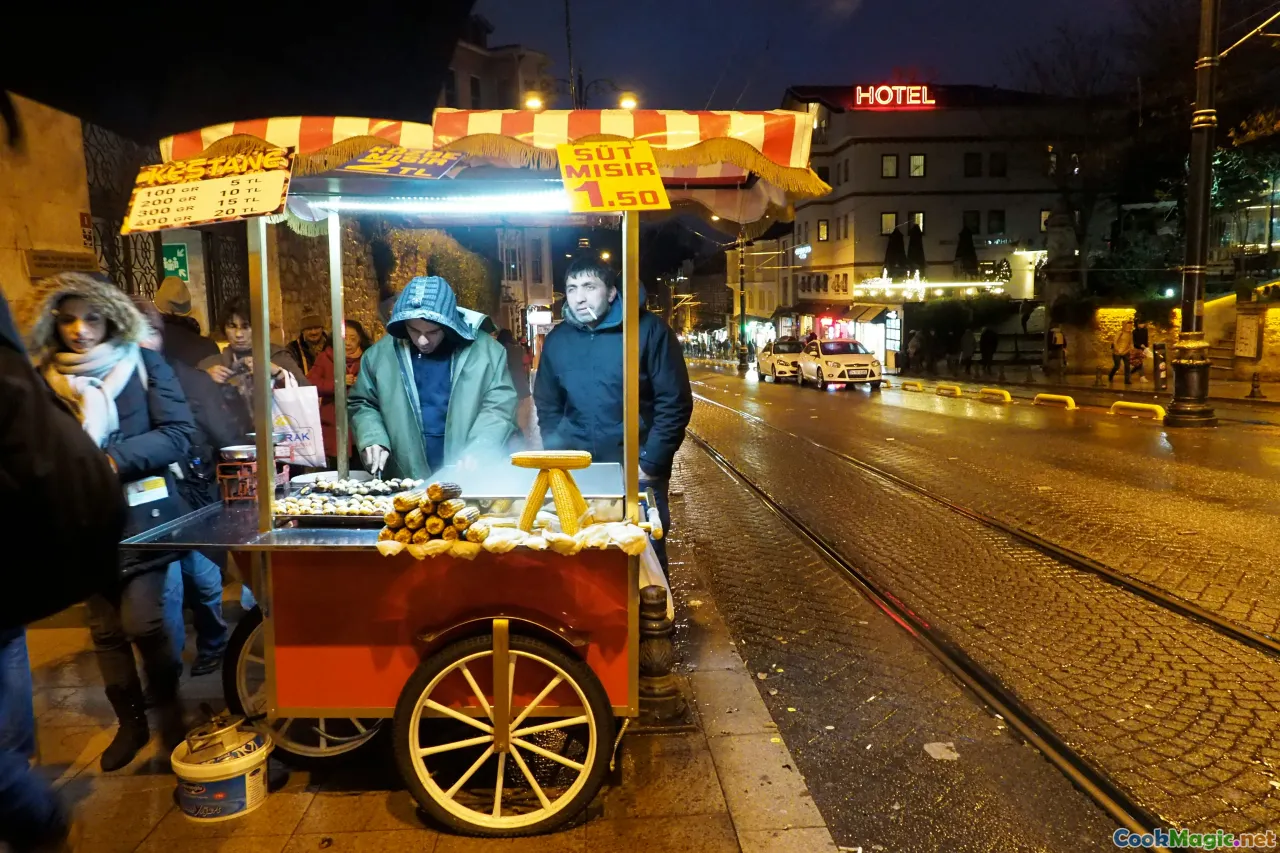
- Dawn in Hanoi: Fog sits like wool on the lake. A woman in fingerless gloves stokes her brazier, stirring a pot whose surface breathes. The first customers are motorbike taxi drivers, eyelids heavy, helmets dangling from elbows. I order cháo sườn, watch the spoon lift arcs of white that fall back soundlessly. Pork floss collides with steam, becomes perfume. The bowl is quiet, the city loud. For ten minutes, the reverse is true.
- Noon in Huế: Rain—of course. my motorbike poncho glued to my knees, I duck into a tarp-shaded stand by Đông Ba Market. On the counter, small bowls of chopped peanuts, chili oil clear as lacquer, and a jar of mắm ruốc whose scent would make a timid soul blush. The vendor ladles cháo hến, then crowns it with clams that quiver like punctuation marks. I finish with sesame cracker shards, each crack audible over the rain’s whisper. The porridge smells of river secrets, of kitchens where great-grandmothers taught wrist flicks.
- Midnight in Chợ Lớn: Neon and silence. The congee stall glows like a lighthouse. A man in a crisp white shirt sits two stools down, sleeves rolled, tie loosened. We both order cháo Tiều with salted fish and a century egg. The broth is clear and stern; the youtiao flirts with indecency. We dip and slurp, dip and slurp. He nods once, as if we’ve shared a confession. Perhaps we have.
Toppings and Condiments: Small Things, Big Personality
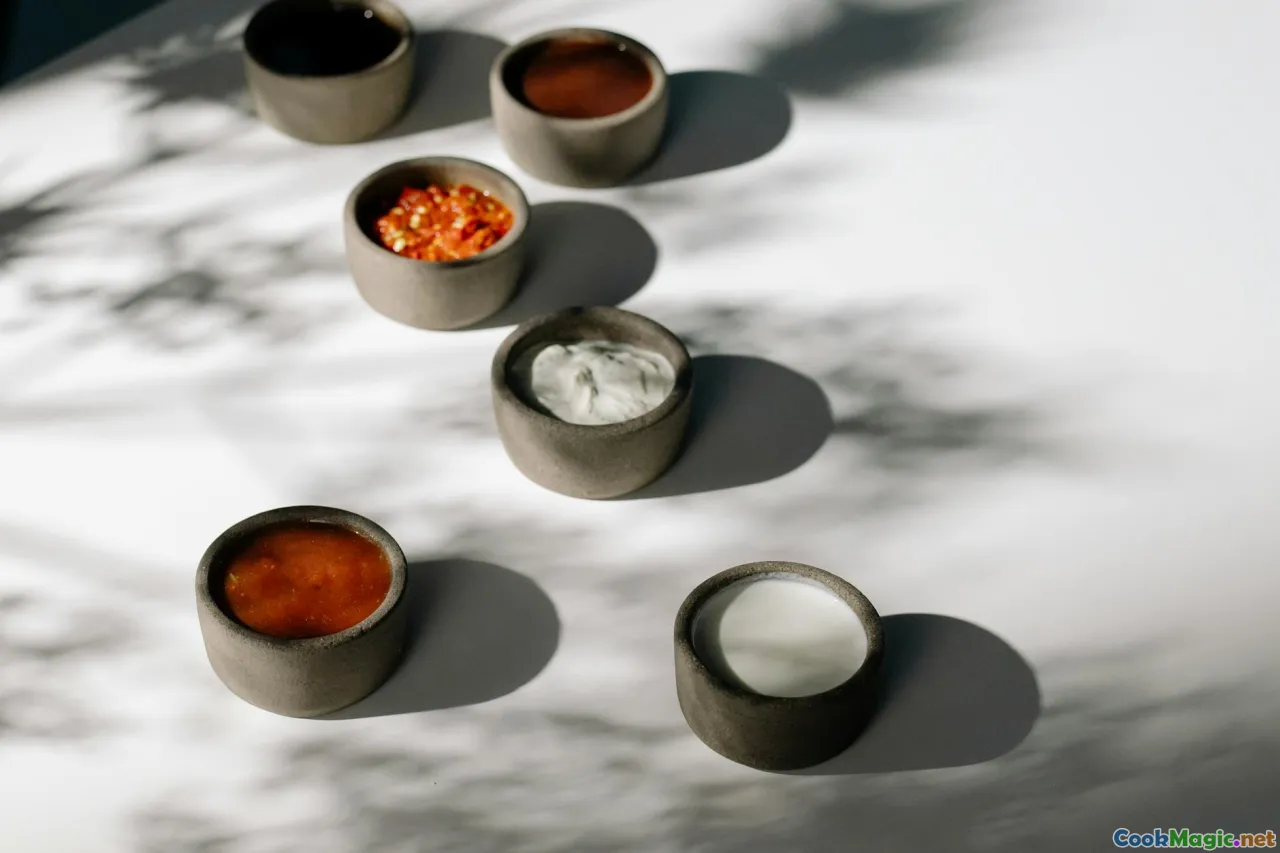
Vietnamese porridge is a study in micro-adjustments. A bowl’s character can pivot on a single teaspoon of something.
- Fish sauce: Drip a few drops over a steaming bowl; the heat coaxes out ocean funk in miniature. In Central Vietnam, the bolder mắm ruốc enters the chat; use judiciously.
- Pepper: Northern cooks favor a generous dusting of black or white pepper, producing that telltale tickle at the back of the throat.
- Chili oil and fresh chiles: Huế’s ruby chili oil paints streaks of danger and warmth; in the South, a sliced bird’s eye chile punched into lime meets a pinch of salt for dipping duck or offal.
- Herbs: Scallions (hành lá) everywhere. Then region-dependent: dill (thì là) with fish in the North; rau răm and ngò gai with eel or clams in Central; basil, rau đắng, ngò om in the South.
- Crunch: Pork cracklings, toasted peanuts, fried shallots, and that agile acrobat, quẩy. Even a handful of bean sprouts can change a bowl’s posture.
- Proteins on the side: For cháo trắng, a salted duck egg cracks open like a jewel; ruốc, the cotton-candy of meat; a spoon of braised anchovy or a sliver of salty mackerel; tofu with pickled mustard greens in vegetarian households.
Learn to season at the table like a local: taste, then adjust, listening to what the bowl asks for. Some mornings want pepper’s sting; others want the shimmer of lime.
Offal, Eel, and Fish: Techniques and Tips from the Source
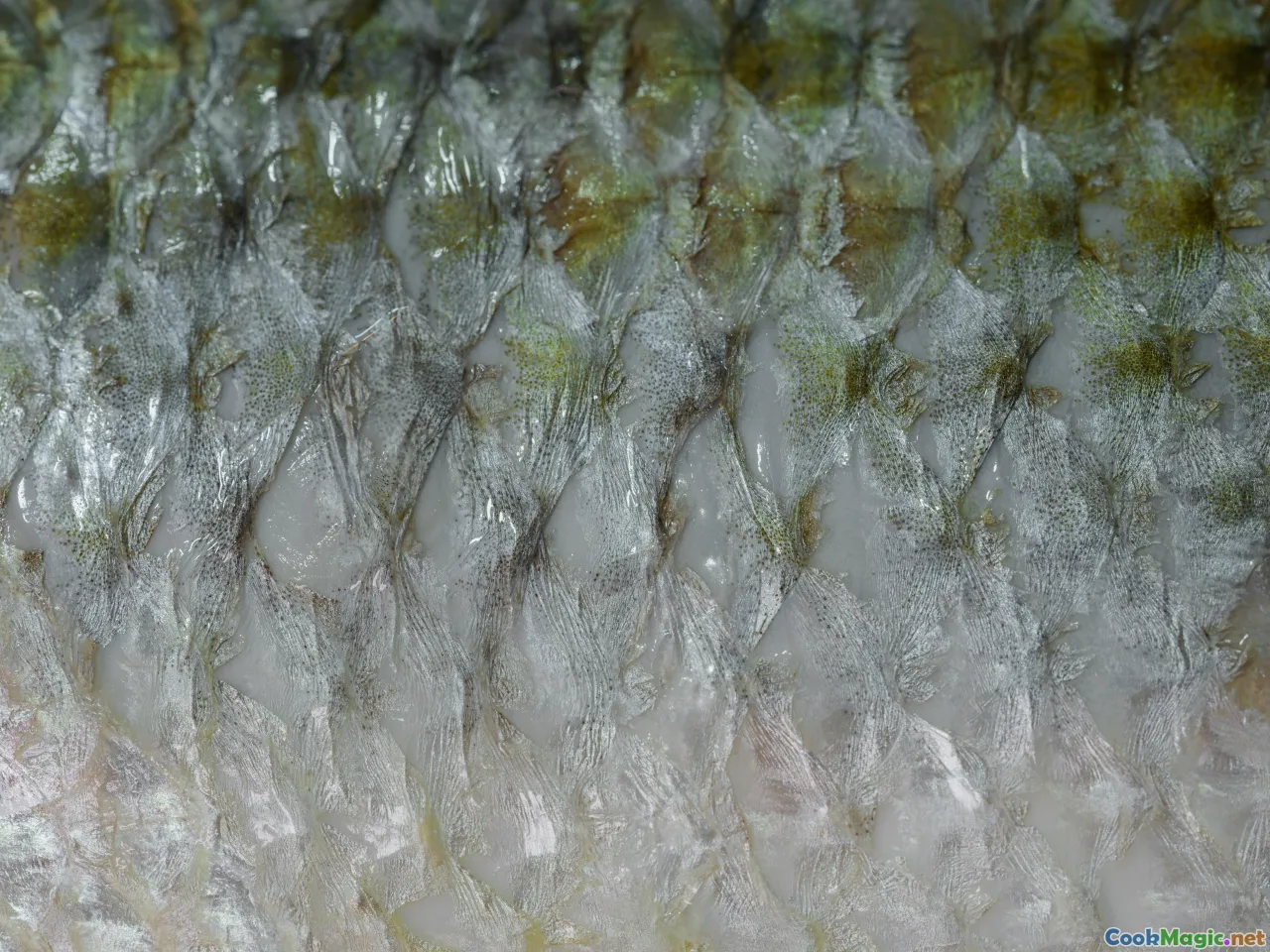
Working with unconventional cuts and slippery swimmers can intimidate. Here’s how cooks along the country tame bold ingredients into tenderness.
- Offal for cháo lòng: Rinse thoroughly under cold water, then scrub with salt and a squeeze of lime or vinegar until slickness is gone. Blanch briefly with smashed ginger and lemongrass to deodorize, rinse again, then simmer gently—never roiling—to avoid toughness. Slice against the grain. Serve with salt-pepper-lime dip to brighten.
- Eel for cháo lươn: If using live eel, ask your fishmonger to skin and gut it. Rinse in salt and lime, then slice into ribbons. Sauté aromatics—lemongrass, shallots, turmeric—until fragrant; add eel and toss quickly. Don’t overcook; it finishes in the hot porridge.
- Snakehead fish for cháo cá lóc: Poach whole in lightly salted water with ginger and scallions. Lift it, cool slightly, and flake into large petals, removing bones. Strain the poaching liquid into your porridge pot for a clean fish base. Reserve some whole pieces for the top if you like ritual.
- Clams for cháo trai or hến: Soak to purge grit. Steam until just open; remove meat. Strain the liquor through a cloth to catch sand; add to your porridge. Sauté clam meat briefly with shallots—overcooking turns them rubbery.
- Duck for cháo vịt: Salt and ginger-scrub the bird, then rinse. Simmer gently with smashed ginger and onions until just tender; the broth becomes your porridge heart. Rest the duck before slicing so juices settle. Serve with banana blossom salad and ginger-lime fish sauce.
These small acts of respect—salt-scrub, gentle heat, careful slicing—are the difference between a bowl you remember and a bowl you forget.
Pantry and Prep: A Home Cook’s Porridge Timeline
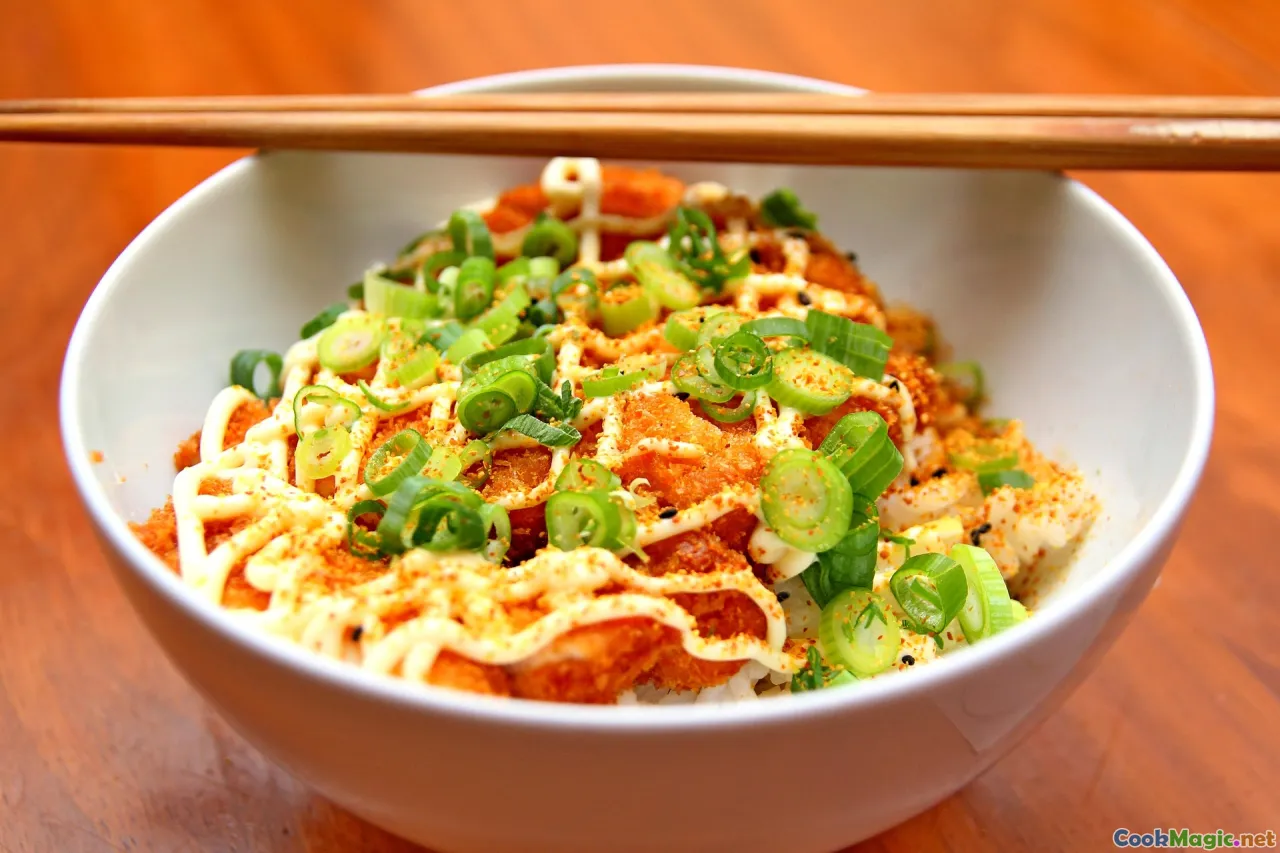
अगर आप कभी घर पर cháo नहीं बनाते हैं, तो शुरूआत सरल करें और आत्मविश्वास बनाएं। यह एक व्यावहारिक, कुक-फ्रेंडली टाइमलाइन है जो एक सप्ताह के दिन के शाम या आरामद weekend सुबह के लिए उपयुक्त है।
- The day before (optional): Make stock from bones you have—chicken frames, pork ribs, or a mix. Simmer with ginger, onion, and a few peppercorns; chill overnight, skim fat, reserve some for finishing oil.
- 60–90 minutes before eating: Rinse your rice blend (90% jasmine, 10% glutinous). Lightly toast in a pot with a teaspoon of oil or chicken fat and a slice of ginger until aromatic. Add hot stock at a 1:9 ratio for thick porridge; bring to a simmer.
- While it simmers: Prep toppings. Julienne herbs; toast peanuts; fry shallots; make chili-lime dip; set out quẩy or warm a sesame cracker over the flame.
- 20 minutes before: If making fish or clams, poach/steam and prepare. If going vegetarian, sauté mushrooms with ginger and soy to nestle into the bowl.
- 10 minutes before: Season the porridge gently with fish sauce and salt; taste. Finish with a swirl of scallion oil.
- At the table: Assemble communal plates of herbs, limes, chilies, and whatever protein you’ve prepared. Ladle porridge last so it’s steaming hot.
Time-saving tip: Use leftover rice. Simmer cooked rice with stock until it melts back into porridge (cháo from cơm nguội). It’s a thrifty weeknight life-saver.
Comparison: Cháo vs. Congee vs. Jok vs. Bubur
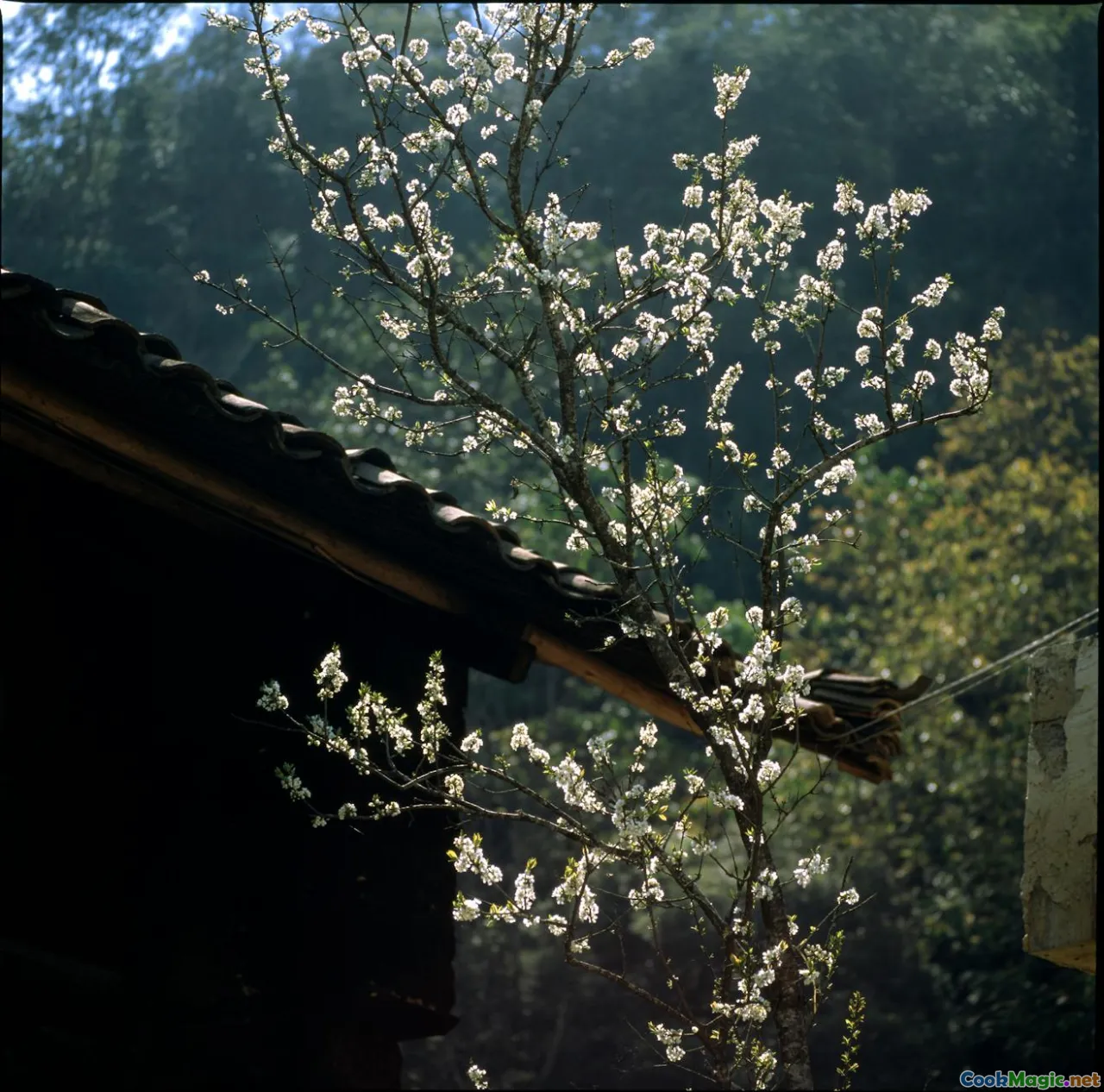
- Vietnamese cháo: Herb-forward, fish sauce-kissed, often paired with side dishes or bold garnishes. Textures range regionally from custard-thick to brothy.
- Chinese congee: Typically unseasoned base, relying on toppings like century egg, preserved vegetables, or salted pork; texture varies by region but often creamy-smooth.
- Thai jok: Thicker, often with minced pork and a cracked egg poached in the bowl, heavy on ginger and white pepper.
- Indonesian bubur ayam: Toppings spectacular—fried shallots, krupuk crackers, peanuts, sweet soy, turmeric-yellow sauce—over a looser porridge.
Vietnam sits at the crossroads, telling its own story in herbs and fish sauce, in crackling textures and clear broths.
Medicinal and Seasonal Cháo: Bowls that Heal
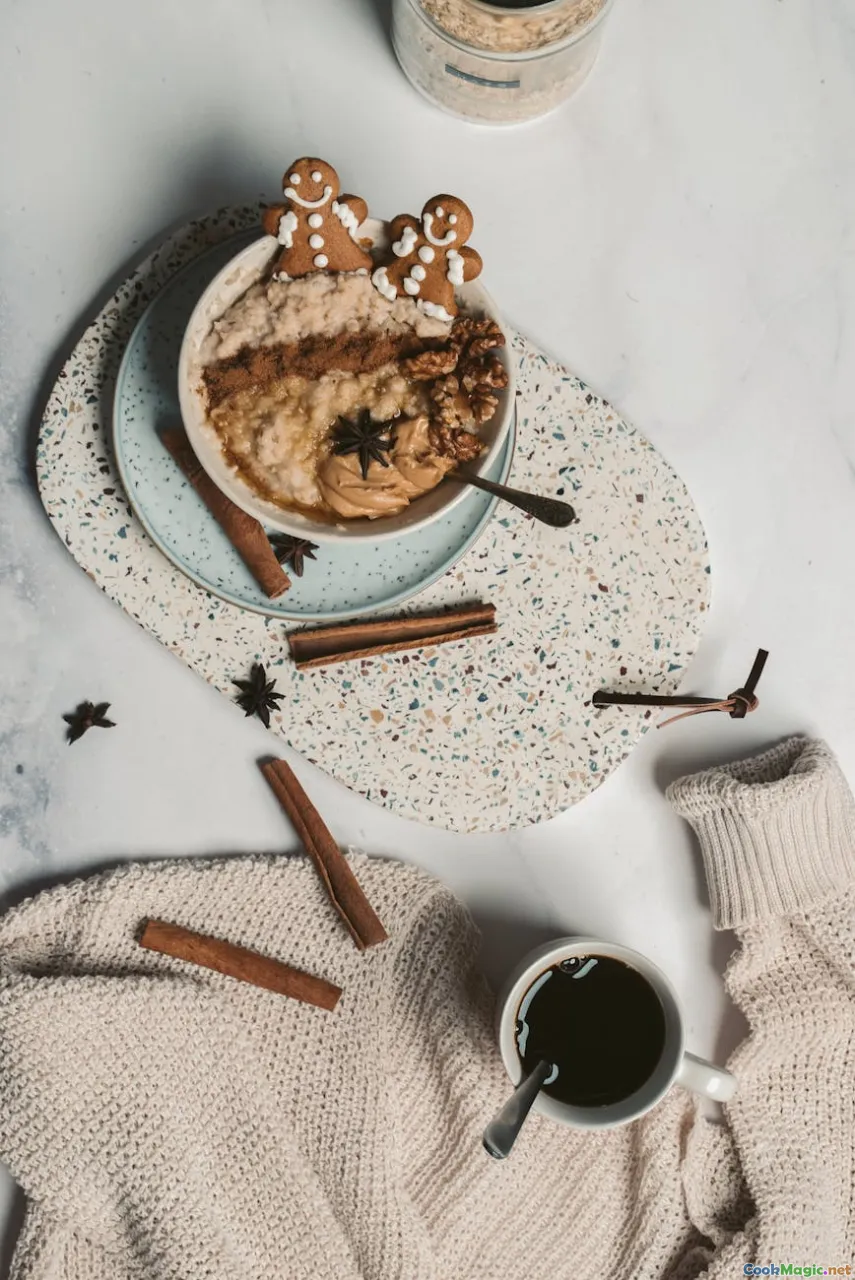
If you grew up in a Vietnamese household, you likely have a memory of being coaxed to the table for a bowl of cháo when sick. There’s an entire pharmacopeia of gentle porridges:
- Cháo hành, cháo tía tô: Scallion and perilla porridge, light as a whisper, to break a cold sweat. The steam warms your sinuses, the perilla’s minty-cinnamon note clears the head.
- Cháo gà for postpartum: Ginger-scented chicken porridge with pepper, sometimes thickened richly for strength. In some families, a handful of goji berries or red dates sneaks in, a nod to Chinese grandmothers.
- Cháo đậu xanh (mung bean): A tender, pale-green porridge soothing to inflamed stomachs, often vegetarian, brightened with a pinch of salt and a trickle of sesame oil.
- Flood-season porridges: In the Mekong, during the flood pulse, porridge appears with seasonal herbs like điên điển flowers or with foraged greens, turning scarcity into celebration.
Even literature keeps a bowl on the table. Mention “cháo hành” and many Vietnamese readers will recall a story in which a simple bowl of scallion porridge stands in for forgiveness itself. That’s how deep this dish runs.
Diaspora Kitchens: Substitutions that Still Sing

No snakehead fish in your city? No problem.
- Fish: Use tilapia, cod, or halibut for delicate flakes; for eel, try catfish or mackerel, adjusting spices for assertiveness.
- Clams: Canned clams with their juice work well in a pinch; rinse extras to control salinity. Bottled clam juice plus fresh mussels can fake a riverbed just fine.
- Herbs: Sawtooth coriander is hard to find—flat-leaf cilantro and a whisper of lime zest can echo its brightness. Rau đắng is irreplaceable, but arugula’s bite or a few fronds of dandelion greens get you halfway.
- Quẩy: Use Chinese youtiao from a local market; warm in the oven for crunch. A toasted sesame lavash can offer similar texture for Huế-style bowls.
- Broth: If bones are scarce, a light vegetable stock boosted with dried shrimp or bonito flakes lends umami. Finish with fish sauce to restore Vietnamese identity.
Remember the rule: maintain the bowl’s balance—clean grain, gentle broth, assertive garnish—and it will taste of home wherever you are.
Troubleshooting: Saving a Bowl on the Brink

- Too thick: Add hot stock, not cold water, and whisk gently to restore silk. A handheld blender in short pulses can re-emulsify lumps.
- Too thin: Simmer uncovered and stir occasionally; add a spoon of glutinous rice slurry and cook 5–10 minutes to integrate.
- Bland: Salt is not the only answer. A teaspoon of fish sauce near the end, a few drops of scallion oil, or a sprinkle of white pepper awakens flavor without heaviness.
- Fishy: You cooked fish too hard or used tired bones. Salvage with ginger-scallion oil and a squeeze of lime; next time poach fish separately and add at the end.
- Scorched bottom: Do not scrape. Decant the unburnt top into a new pot and finish with fresh aromatics. A scorched undertone haunts a bowl like a bad note in a song.
A Traveler’s Shortlist: Where the Memory Sticks

- Hanoi’s Old Quarter at dawn: Silky cháo sườn with quẩy and pepper, steam curling into the cold.
- Vinh City lanes: Cháo lươn with turmeric-laced eel, annatto-orange and perfumed.
- Huế near Đông Ba Market: Cháo hến with peanuts and sesame crackers, a river’s whisper in a bowl.
- Trà Vinh side streets: Cháo ám with fish and an herb forest, Khmer brightness on Vietnamese rice.
- Saigon’s late-night District 5: Cháo Tiều, brothy and studded with lean pork, salted fish, and century egg.
I’ve eaten from more glamorous tables, but none have looked back at me with the same kind eyes as a humble porridge stand.
Beyond Breakfast: Porridge as Pairing and Ritual
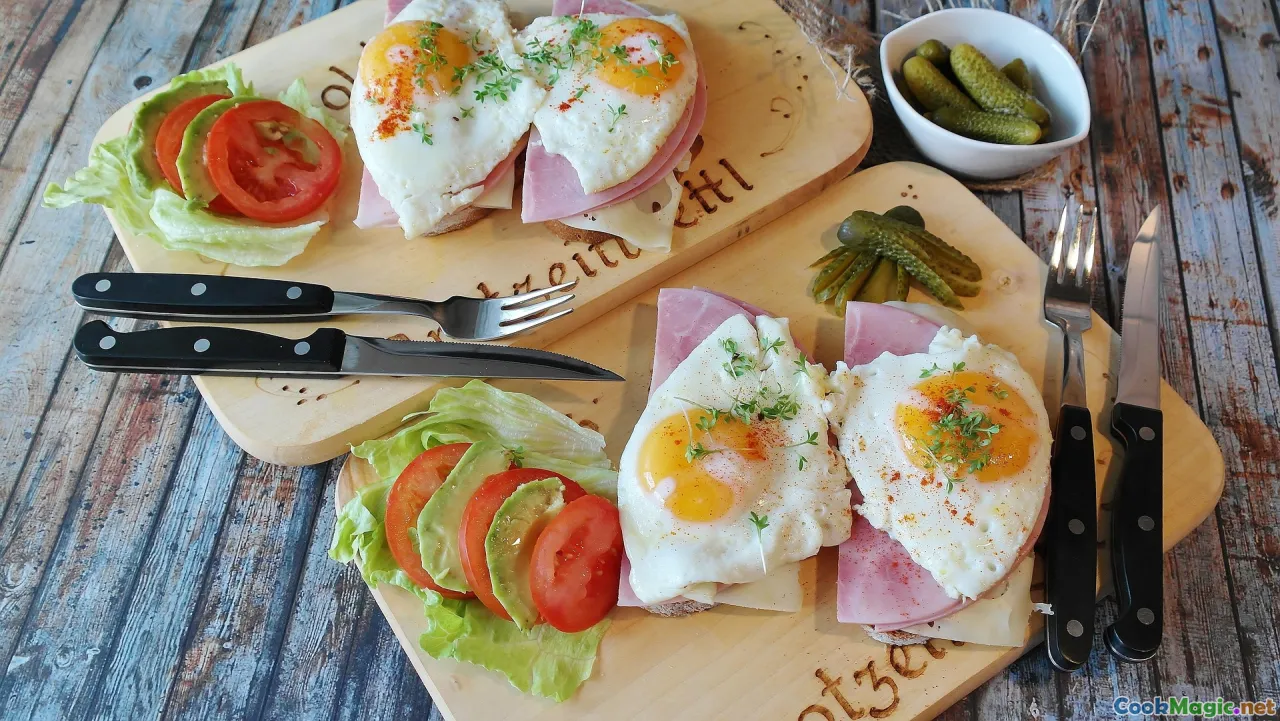
Cháo is often breakfast, yes, but it flexes across the day. Rice porridge serves as the perfect foil to strong-flavored dishes:
- Cá kho tộ (caramelized fish in clay pot): The sweet-salty char of caramel fish collapses into the blanketing softness of cháo trắng.
- Dưa cải chua (pickled mustard greens): Sour crunch to wake a sleepy bowl.
- Ruốc (pork floss): Lightning-quick protein, melting into the surface like snow.
- Trứng vịt muối (salted duck egg): The yolk, oily and dusky, paints the porridge with depth.
- Đậu hũ xào dưa chua (tofu with pickled greens): A vegetarian duet—sour and plush, crisp and smooth.
There are family rituals too. A grandmother’s pot simmering for a sick child; a postpartum tray with ginger chicken porridge; a community wake where porridge is both sustenance and soft speech. Unfussy profoundly doesn’t mean unimportant. It means essential.
Cooking with Weather: Bowls for the Season

Vietnamese cooks adjust cháo to climate.
- Cold mornings in the North: Rib-sticky bowls with extra pepper, quẩy warmed over coals, and a garnish of dill with fish for a northern nod.
- Monsoon afternoons in Huế: A Huế-style bowl with chili oil that pricks your lips, sesame cracker shards to keep the spirits up while rain drowns the city’s color.
- Hot Delta nights: A brothy fish porridge with a cool herb mountain; bitter greens provide a refreshing bite, lime cuts humidity’s heaviness.
I once asked a vendor in Cần Thơ why her porridge was so loose. She laughed, gestured at the river, and said, “It wants to flow.”
A Bowl I Keep Returning To: Cháo Gà with Ginger and Pepper
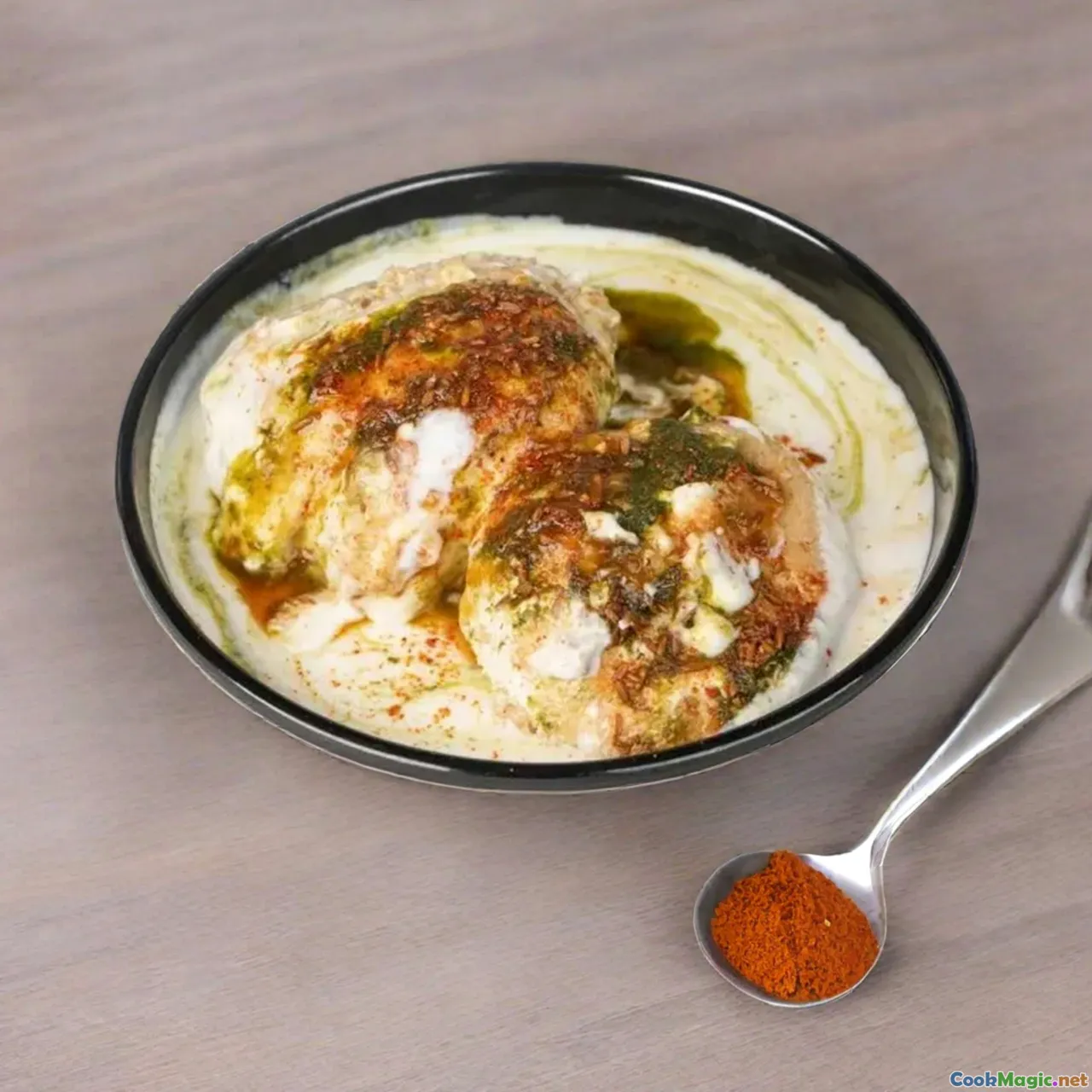
When homesickness gnaws, I make a northern-leaning chicken porridge. I simmer a whole chicken or a few bone-in thighs with ginger coins and scallion roots. I strain the broth, shred the chicken, and start the rice: a blend of jasmine and glutinous, lightly toasted. As the porridge thickens, the kitchen fills with the soft, golden smell of comfort. I finish with fish sauce—not much—and a spoon of scallion oil.
In the bowl: a mound of shredded chicken, a tangle of rau răm if I have it, a few coins of ginger shredded so fine they look like straw, a storm of black pepper that pricks the nose. I eat it standing at the counter by the window. The city outside makes its demands; inside, the bowl makes one request: slow down.
What the Spoon Teaches
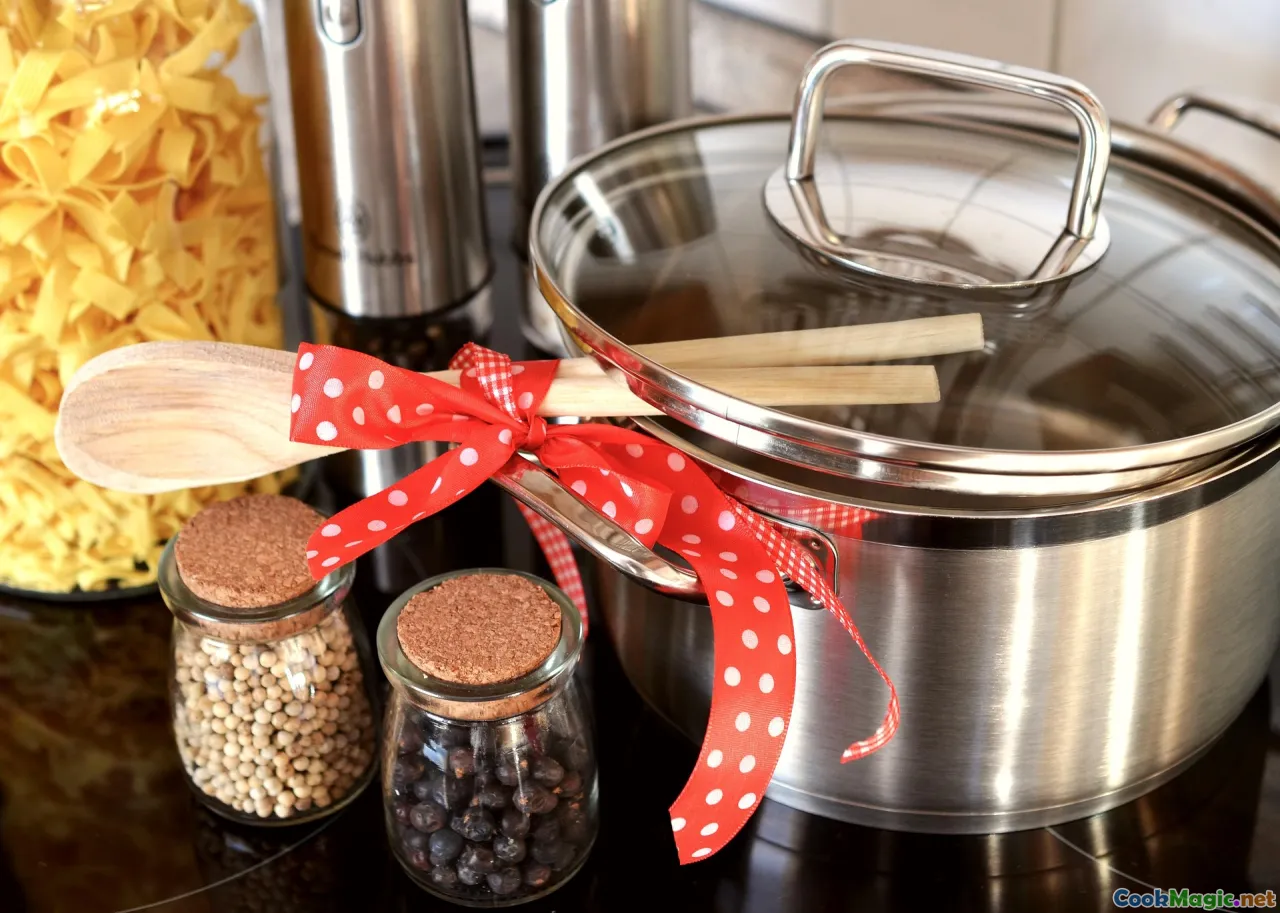
Vietnamese cháo is a lesson in proportion and attention. Rice, water, heat, and time—plus the correct whisper of fish sauce and a handful of herbs—become something greater than their sum. In the North, it is the hush of winter mornings and the dignity of restraint. In the Central regions, it’s perfume and color, the confidence to let mắm ruốc and chili oil speak softly and carry a big aroma. In the South and along the Mekong, it’s generosity: herb platters and side dishes that turn porridge into a festival.
If you travel through Vietnam with a spoon, you’ll taste not only place, but also care—the way an auntie in a market leans over to add one more ladle because you look tired; the way a grandmother stirs without ceasing so her porridge doesn’t catch; the way a late-night vendor in Chợ Lớn offers a side dish “on the house” because the hour is long and kindness, like porridge, stretches to fit the bowl.
Carry that home. Keep a jar of rice on the counter, a stash of scallions in the crisper, and fish sauce within reach. Let the weather and your mood decide the rest. And when someone you love needs comfort, pull a pot from the cupboard. Toast the rice. Add stock. Stir gently. Watch as steam writes its small benedictions into the air. Then ladle, garnish, and listen as the bowl says what words cannot.









